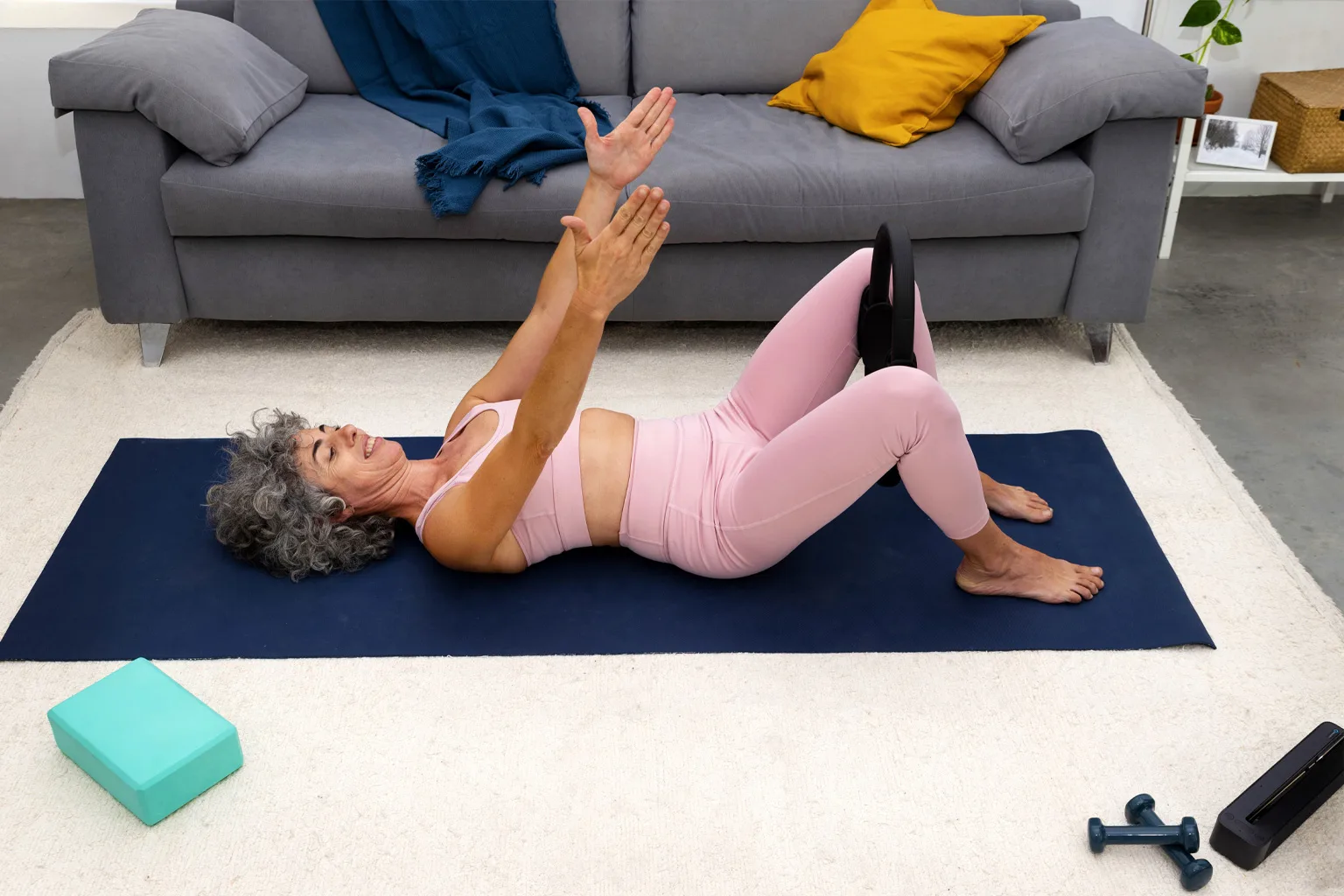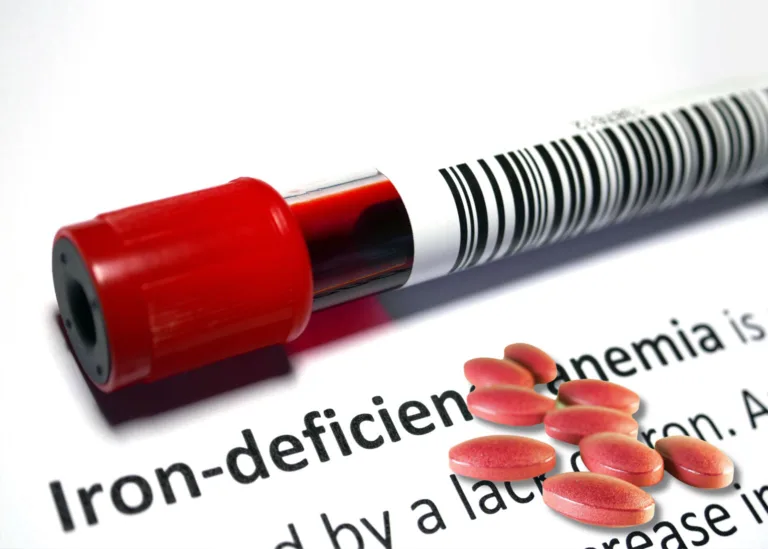Urinary incontinence, the involuntary leakage of urine, is a condition that affects millions of people globally, with a particularly high prevalence in women. This widespread occurrence serves as a reminder that you are not alone in your experience, and many others understand and can support you in managing this condition.
Approximately 423 million individuals aged 20 or older worldwide experience some form of urinary incontinence. Approximately 24% to 45% of women reported urinary incontinence. Among women aged 20 to 39, 7% to 37% experience some degree of incontinence. In women older than 60, approximately 9% to 39% reported urinary incontinence daily.
Urinary incontinence is reported in 11% to 34% of older men, with 2% to 11% reporting daily occurrences. Increased risk is associated with prostate surgery.
Many women suffer in silence, not discussing their experiences of urinary incontinence due to embarrassment or discomfort. In this article, we will break the silence and explore how the simple, yet powerful practice of pelvic floor exercises can empower individuals, giving them the tools and knowledge to manage urinary incontinence with confidence and regain control of their lives.
Let’s begin by understanding what urinary incontinence is and how it impacts our daily lives.
It is a common condition in which the bladder loses control and leaks pee.
Why Does This Happen?
So, why does urinary incontinence happen? Well, it’s all about the pelvic floor muscles. These muscles play a crucial role in controlling our bladder. If they become weak or malfunction, it can lead to incontinence. And here’s a fun fact-it’s not just an issue for older adults. It can happen to anyone, regardless of age. It can also be a sign of a urinary tract infection. Women can develop it during pregnancy, after childbirth, or after menopause.
What Are Different Types?
There are several distinct types of urinary incontinence, each with its unique characteristics and causes. Understanding these types can help you better manage your condition.
- Stress Incontinence: It occurs when there is a leak during certain activities like running, sneezing, coughing, laughing or physical exertion
- Urge Incontinence: This occurs when you feel the sudden urge to urinate, but it’s too sudden to reach the toilet in time. Overactive bladder is the leading cause.
- Overflow Incontinence: When your bladder is full and doesn’t empty. It happens due to prostate enlargement, stroke or diabetes.
- Functional Incontinence: It is a combination of two different types of continence.
What Are The Treatment Options?
The treatment depends on the diagnosis of incontinence. Based on it, your consultant will discuss various treatment options available.
Below are the types of treatments available
- Lifestyle changes
- Physical Therapy
- Medications
- Surgery or other procedures
What Is Physical Therapy For Incontinence?
Physical Therapy is a non-invasive, cost-effective treatment for managing incontinence. It is a proven method that strengthens the muscles of the bladder and pelvic organs, giving you the confidence to manage your condition effectively.
Pelvic Floor Therapy is a part of physical Therapy for incontinence.
What Is Pelvic Floor Therapy?
The pelvic floor consists of 26 muscles which make up the bottom of the pelvic region. They function together like a hammock across the pelvis and pubic bone. Certain factors cause them to be weakened or stretched out. It is this weakness that causes pelvic muscle dysfunction leading to incontinence. It can also cause pelvic pain.
Pelvic floor exercises, also known as pelvic floor therapy or Kegel Exercises, can help strengthen these pelvic muscles. Expert physical therapists provide Pelvic Floor Muscle Therapy.
How Does This Pelvic Floor Therapy Work?
Pelvic floor therapy exercises help in strengthening the muscles that support the uterus and bladder. Both men and women can benefit from it.
During this exercise, it’s like pretending you’re trying to pee and then holding it. You are relaxing and tightening the muscle that controls the urine flow.
What To Expect During The Session?
During your first visit, the physical therapist will evaluate your condition, review your medical history, and perform a physical examination. It also involves an internal examination to check the strength of your muscles. Based on the assessment, the physical therapist develops a customised plan.
It may involve:
- Pelvic Floor Exercises like Kegels
- Breathing Techniques
- Posture Training
- Biofeedback
- Electrical Stimulation
- Manual Therapy
- Education on diet, fluid management and lifestyle modifications
What Are The Benefits Of Pelvic Floor Therapy?
Pelvic Floor Therapy benefits include, but are not limited to:
- Regular Therapy improves pelvic muscle strength, enhancing bladder control
- Better learning of how to properly contract and relax muscles to prevent leakage
- A non-surgical alternative option for the management of urinary leakage
- Personalised treatment plan based on your needs
You are not alone in this difficult time. Aniyah Care offers non-invasive, advanced pelvic health solutions right here in Ajax under the supervision of Pelvic Health Experts.
References
https://www.mayoclinichealthsystem.org/hometown-health/speaking-of-health/pelvic- floor-physical-therapy-benefits
https://www.nhs.uk/conditions/urinary-incontinence/10-ways-to-stop-leaks/
https://my.clevelandclinic.org/health/diseases/17596-urinary-incontinence
https://www.hopkinsmedicine.org/health/conditions-and-diseases/urinary- incontinence/urinary-incontinence-in- women
https://www.ncbi.nlm.nih.gov/books/NBK559095
https://www.healthline.com/health/overactive-bladder/pelvic-floor-physical-therapy- overactive-bladder#what-is-it
https://my.clevelandclinic.org/health/body/22729-pelvic-floor-muscles










